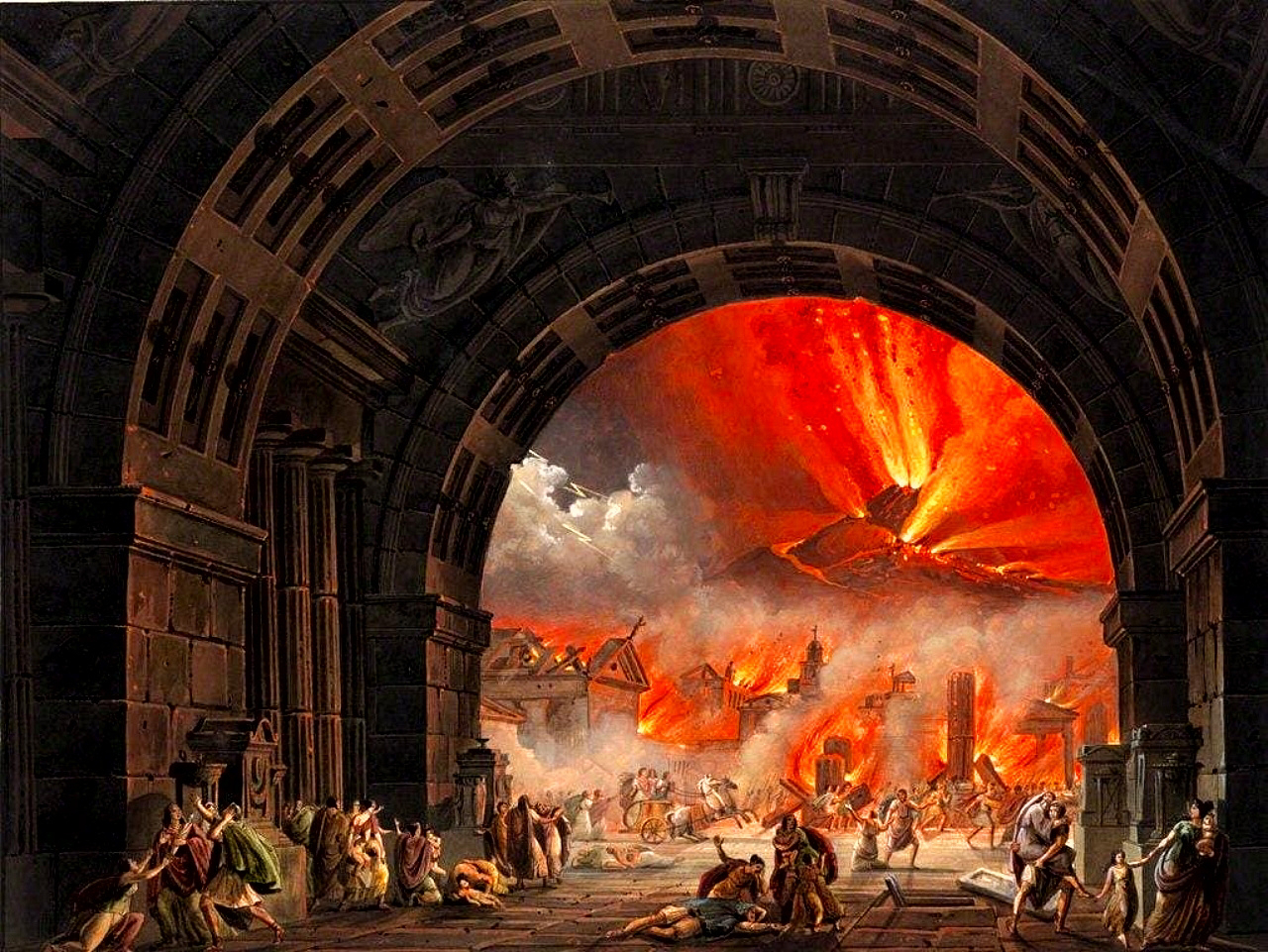Survivors of Vesuvius: Tracing Escape Routes Through Ancient Records and a Pungent Condiment
The eruption of Mount Vesuvius in AD 79 buried the Roman cities of Pompeii and Herculaneum under layers of ash and pumice, preserving them in tragic detail.
While much has been written about the destruction, the story of those who survived is far less known. Thanks to the meticulous record-keeping practices of Pompeii's residents and the surprising discovery of a garum amphora, a researcher named **Steven Tuck** embarked on a fascinating journey to trace survivors and their escape routes.
The Disaster Unfolds
When Vesuvius erupted, it unleashed chaos on the residents of Pompeii. The disaster struck in stages:
1. **Initial Tremors**: Earthquakes leading up to the eruption were not uncommon in the region, so many residents dismissed them as routine.
2. **First Eruption Phase (Around 1 PM)**: A towering column of ash, pumice, and gases shot miles into the sky. For hours, debris rained down on Pompeii, collapsing roofs and making escape increasingly difficult.
3. **Ash Fall**: Hot ash and pumice continued to fall, blanketing streets and buildings. Temperatures soared to 120–140°C, suffocating many who sought shelter indoors or struggled to flee.
4. **Pyroclastic Surges (Early Morning)**: The final phase brought pyroclastic flows—searing clouds of gas and debris that swept through the city at high speeds, killing anyone who remained instantly.
Residents reacted with confusion and desperation. Some wrapped cloth around their mouths to filter ash-laden air, while others fled toward the countryside or the sea. Archaeological evidence shows that some clutched valuables or tried to dig escape tunnels, but many were overwhelmed by the sheer speed and intensity of the disaster.
Tracing Survivors Through Ancient Records
Steven Tuck’s groundbreaking research sought to uncover what happened to those who managed to escape before the pyroclastic surges. His investigation began with Pompeii’s unique practice of record-keeping—a system that has preserved invaluable details about its residents.
Pompeii’s citizens often carved important records into stone or plaster walls rather than relying solely on fragile materials like papyrus or wax tablets. This practice served several purposes:
1. **Administrative and Legal Necessity**:
- Financial transactions, contracts, property deeds, and even receipts were inscribed for durability and accountability.
- Public works projects often included inscriptions documenting who funded them or oversaw their construction.
2. **Public Accessibility**:
- Records were prominently displayed in public spaces so citizens could stay informed about legal matters or civic events.
- Electoral advertisements (programmata) were carved or painted on walls to reach voters.
3. **Social Status and Commemoration**:
- Wealthy individuals used inscriptions to immortalize their contributions to public life, such as funding temples or baths.
- These carvings served as permanent markers of their legacy.
4. **Religious Dedications**:
- Inscriptions often honored deities or recorded religious acts, such as temple dedications or offerings.
5. **Cultural Identity**:
- Earlier Oscan inscriptions reflect Pompeii’s pre-Roman Italic roots, while later Latin texts show its integration into the Roman Empire.
6. **Durable Record-Keeping**:
- Stone and plaster ensured permanence, allowing these records to survive even catastrophic events like Vesuvius’s eruption.
7. **Everyday Communication**:
- Graffiti scratched into walls by ordinary citizens reveal personal notes, jokes, and even romantic declarations.
Using these carved records, Tuck began searching for specific Pompeian names—such as Numerius Popidius or Aulus Umbricius—in nearby towns like Naples and Puteoli (modern Pozzuoli). These names were unique to Pompeii’s population and could indicate where survivors relocated after fleeing the city.
However, despite extensive searches along mainland routes north and south of Vesuvius, he found little evidence of survivors settling there.
The Garum Amphora Discovery
Tuck’s search took an unexpected turn when he shifted his focus from stone records to trade goods—specifically garum, a fermented fish sauce that was a staple in Roman cuisine. Garum producers often branded their amphorae (ceramic containers) with their names and place of origin as a form of quality assurance and marketing.
Pompeii was renowned for its garum production before the eruption, with several prominent producers operating in the city. During his search on islands near Pompeii, Tuck made a remarkable discovery: an amphora bearing the name of a known Pompeian garum producer identical to those found within the city itself before its destruction.
This find was nothing short of extraordinary—a "needle in a haystack" moment that confirmed some survivors had reached distant locations beyond mainland Italy after escaping the eruption. The amphora suggested that either this garum producer had relocated after the disaster or that survivors had re-established trade networks using familiar branding.
Pliny’s Account Meets Archaeological Evidence
The discovery aligns with "Pliny the Younger’s" famous account of Vesuvius’s eruption. In his letters to Tacitus, Pliny vividly described scenes of panic as people fled by land or sea while ash rained down around them.
He noted how some sought refuge on boats in an attempt to escape across the Bay of Naples—a detail now supported by Tuck’s finding of Pompeian goods on nearby islands.
Pliny’s words bring humanity to these archaeological discoveries, offering a glimpse into what survivors endured during their desperate flight from destruction.
What This Discovery Reveals
The garum amphora discovery sheds light on several key aspects of life after Vesuvius:
- **Survivor Relocation**: Some residents managed not only to escape but also to rebuild their lives far from Pompeii.
- **Trade Resilience**: Survivors may have leveraged existing trade skills and networks to establish new livelihoods.
- **Cultural Continuity**: The branding on the amphora suggests an effort to maintain connections with Pompeii’s identity even after its destruction.
Steven Tuck’s research has transformed our understanding of what happened after Vesuvius erupted—not just for those who perished but for those who survived against all odds. By combining ancient records with material evidence like garum amphorae, he uncovered a story of resilience, adaptation, and survival in the face of unimaginable tragedy.
The humble garum container stands as a testament not only to Roman ingenuity but also to human determination—a symbol that even in moments of great loss, life finds a way forward.



Comments
Post a Comment